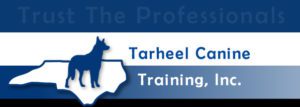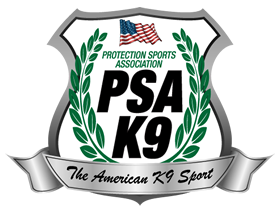Preparing for PSA 1 Nationals 2023
In this episode, Jerry Bradshaw discusses:
- Developing training rituals that translate to travel and trial.
- Basic positions and notifying judges in basic position variations.
- What judges are looking for and the difference between minor errors and larger point losses.
- Why consistency, speed, directness, and attention matters during your trail.
Key Takeaways:
- One of the first things the judge looks for is if your dog is coming onto the field in the right state of mind. As the handler or spotter, you want to be aware of how you are presenting yourself as well.
- Any time words come out of your mouth, they matter. You do not want to be giving double commands when you’re getting started.
- Don’t make handler errors when it isn’t necessary.
- Footwork drives what your upper body does. You want your dog to be able to read your body language.
“When I see things that are outside the rules, I have to assume they’re being done on purpose.” — Jerry Bradshaw
Get Jerry’s book Controlled Aggression on Amazon.com
Contact Jerry:
Find us on social:
Youtube, Twitter, Instagram, Facebook,
PSA (Protection Sports Association)
Slideshare: Tarheel Canine
Thanks to our sponsors:
PSA & American Schutzhund
Aaron’s Superior Canine Email
Train hard, train smart, be safe.
Show notes by Podcastologist Chelsea Taylor-Sturkie
Audio production by Turnkey Podcast Productions. You’re the expert. Your podcast will prove it.


